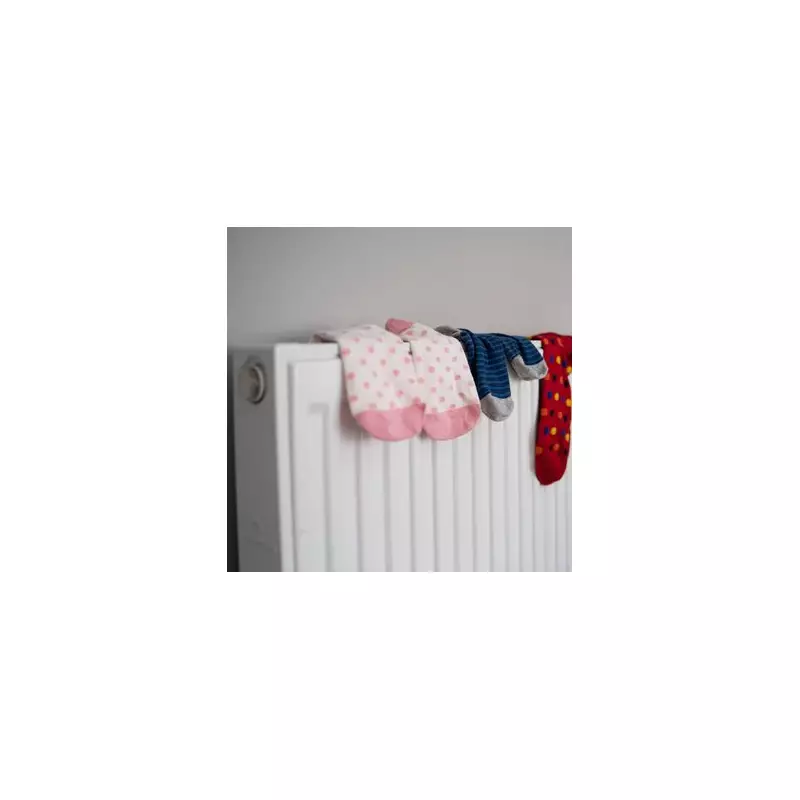
An expert from the consumer champion Which? has issued a stark warning to UK households about a common laundry habit that could be secretly inflating their energy bills and creating health hazards in the home.
The Hidden Cost of Radiator Drying
Many people see their radiators as a convenient and cheap alternative to running a tumble dryer. However, this practice is far less economical than it appears. A specialist from Which? explained that while radiators are already in your home, using them to dry wet clothes disrupts their primary function.
Radiators are designed to circulate warm air until a room reaches a set temperature, typically around 20 degrees Celsius, at which point the boiler switches off. The problem arises when damp, cold garments are placed directly on them. These wet clothes act as a 'barrier' to the heat, preventing the room from warming up efficiently.
Consequently, your heating system has to work for much longer to try and reach the desired temperature. This prolonged operation directly translates to higher gas or electricity consumption and, ultimately, more expensive bills.
Increased Damp and Mould Dangers
The financial cost is only one part of the problem. The expert also highlighted a significant health and property risk: mould. The process of drying clothes indoors releases litres of water vapour into your home's air.
This excess moisture then travels through your home until it settles on cold surfaces, such as windows and external walls, creating the perfect damp conditions for mould spores to grow. "While you might end up with dry clothes, you'll also end up with a colder home and bigger energy bills - and maybe even mould," the expert cautioned.
This warning is supported by the UK company OnlyRadiators, which describes the practice as a "terrible" idea that renders your central heating system completely inefficient and can lead to costly mould problems.
Smarter and Cheaper Alternatives
So, what is the recommended solution? The Which? expert advises against placing clothes directly on the radiator. Instead, they suggest using a clothes airer positioned near the radiator. This allows air to circulate freely around the laundry, drying it without sabotaging your heating. Although this method may take slightly longer, it is far more energy-efficient.
For those seeking faster results, an electric heated airer was recommended as a more effective option, particularly for smaller loads. Alternatively, using a tumble dryer can be a more controlled method.
Energy-savvy individuals on social media have also shared their tips. One TikTok user suggested using a ceiling fan to circulate air over clothes on an airer, noting that a fan uses significantly less energy—around 60 watts compared to a radiator's 250 watts or more. Another person advocated for better home ventilation systems to manage indoor humidity levels effectively.
By making a simple switch away from the radiator, households can protect their wallets and their wellbeing from the hidden costs of this common winter habit.





